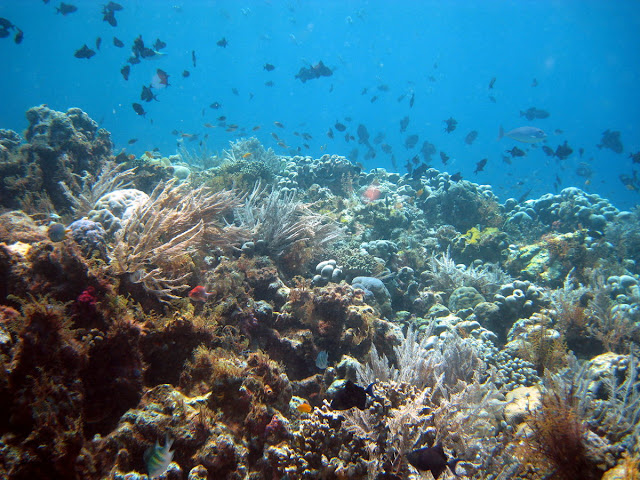The Attraction of Wakatobi, a Tourist Paradise in Eastern Indonesia
Wakatobi is the perfect place for travelers, if you want to vacation on a quiet island away from the hustle and bustle. Tourist destinations in the country of Indonesia have a variety of stunning natural beauty.
Wakatobi is located in the province of Southeast Sulawesi, this area is also included in the Wakatobi National Park area which was established in 1996.
This tourist spot has a million tourist charms, from the beauty of underwater tourism, coastal tourism, historical heritage, to cultural arts.
Wakatobi in 2016 was determined by the government as one of the ten priority tourism destinations in Indonesia.
Data from the Wakatobi National Park shows that Wakatobi is worthy of being a priority tourism destination. Of the 820 types of corals in the world, 750 species of corals (90%) of them are in Wakatobi.
Wakatobi is one of the world-class dive sites, a world class diving site. Many diving locations and dive tour operators are ready to pamper tourists to enjoy an underwater paradise.
In Wakatobi there are also Bajo tribes, who spend almost their entire life on the sea. The uniqueness of their cultural customs has an extraordinary attraction for local and foreign tourists. The unique potential of marine tourism and culture led Wakatobi to be designated as the 8th Earth Biosphere Reserve in Indonesia by UNESCO in 2012.
Wakatobi has four islands with captivating beauty, namely Binongko, Kaledupa, Tomia, and Wangi-wangi islands. This archipelago is one of the best diving and snorkeling spots in the world.
Hunt for Local Creative Products
When traveling to Wakatobi, make sure you hunt for local souvenirs. This tourist spot has a lot of quality local creative products, ranging from culinary to handicrafts.
Wakatobi has a distinctive woven fabric which is a cultural heritage. Many villages produce woven fabrics with their respective characteristics, one of which is Pajam Village.
Since ancient times, women in this village have been taught how to weave from generation to generation. Woven fabrics from Pajam Village are identical with stripe motifs for women and plaid for men.
It takes three stages to make this fabric, starting from the 'purunga' stage (the process of winding the thread). Then, it is continued with 'oruri' (rolling the thread on the board). Then the thread is woven into a cloth.
You can also buy other local products, such as silver handicrafts, silk motifs, home decor knick-knacks, and a variety of delicious culinary delights.
Wakatobi's Underwater Beauty
Wakatobi has 750 coral reef species from a total of 850 species in the world. With an area of 1.39 million hectares, Wakatobi has 50 dive points.
Wakatobi's underwater
This destination has become one of the most popular diving spots for tourists.
The clear sea water makes it easy for you to see the rocks and fish under the sea.
Seeing the expanse of coral reefs and colorful fish swimming around can create a peace of mind in itself. There are also sea stars with large sizes lined up on the white sand.
Exploring Wangi-Wangi Island
Wangi-Wangi Island is a gateway to the beauty of the ocean in Wakatobi. This island has various forms of coral reefs, from flat, sloping, concave, steep, to cave-like shapes.
When you dive here, you'll see a 90-foot bottomless view. The island which is familiarly called by local residents as Wanci Island also has a public bathing attraction with clear blue water.
Its name is Kontamale Baths, which has a variety of pools with different water depths. The panorama offered is also captivating, because this tourist spot is located between the Karang Wanci and Sombu caverns.
Bajo Tribe
Still on Wangi-Wangi Island, in Mola Village, there live people who have quite unique habits and lifestyles. They are a Bajo ethnic group who believe that they are direct descendants of the sea.
The Bajo people can survive months at sea without food or modern equipment. In fact, they can live on soppeks (wooden boats) instead of in traditional floating stilt houses.
Suku Bajo
With the help of local guides, you can have the experience to tour the canals where they live. You also get to experience firsthand how they live.
Over time, now the Bajo Tribe have begun to live a more modern life. They export the marine wealth of Sulawesi to China for the sake of turning the wheels of the economy. The Bajo tribe also can speak Indonesian well, although previously they could only use the ancient Bajo language.




No comments:
Post a Comment